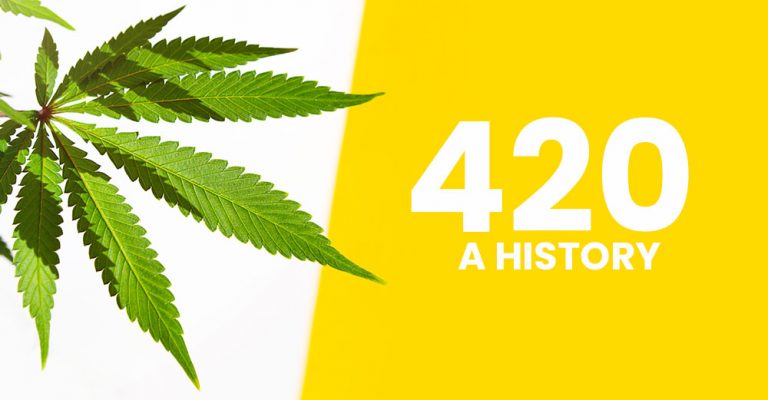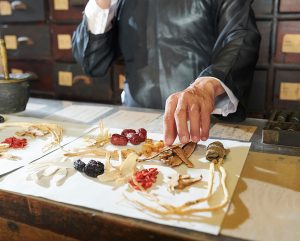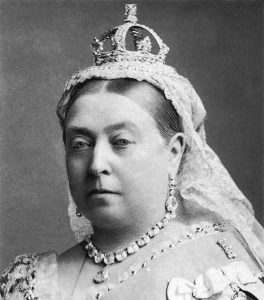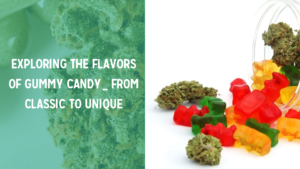

Cannabis has had quite a roller coaster of a history! Even if we look at the last few decades, opinions on cannabis and how it affects people have changed drastically. Cannabis’s roots go back thousands of years, and this infamous plant has been used for a range of purposes over the centuries. There’s plenty to know about cannabis, so we’ve made it simple by breaking down its history – from the beginning to the end.
The early days of cannabis
When it comes to figuring out the origins of cannabis, you can’t just look at the history books; you have to look a lot further into the past. In order to figure out when the history of cannabis began, we need to look at the fossil record. One study tried to find out exactly how old it is; the only problem was that cannabis leaves a pretty poor fossil record (1). The researchers instead looked at microfossils to try to find cannabis pollen. However, they faced another hurdle. The pollen of cannabis looks very similar to humulus plants (hops) when fossilized. To get around this, cannabis-like pollen was only collected in open grasslands and not forests, as forest environments are where humulus plants are found.
Once the cannabis pollen fossils were found, they were then aged with radiocarbon dating. Radiocarbon dating is a technique used to date certain materials by measuring the amount of carbon-14 present in a sample. After dating, the oldest fossil was found to be 19.6 million years old, but it turns out that by looking at cannabis DNA and comparing it to the oldest fossils, the study concluded that the earliest cannabis plant existed around 27.8 million years ago!
Ancient medicine discovers the health benefits of cannabis
 These days cannabis is well known for its health benefits, but when exactly did it start to be used as a therapeutic tool? Again, it’s probably a lot further back than you might think. China, for example, boasts some of the earliest records of medicinal cannabis, with mention of the health benefits in texts that were written during the Han dynasty (221 BC-AD 220) (2).
These days cannabis is well known for its health benefits, but when exactly did it start to be used as a therapeutic tool? Again, it’s probably a lot further back than you might think. China, for example, boasts some of the earliest records of medicinal cannabis, with mention of the health benefits in texts that were written during the Han dynasty (221 BC-AD 220) (2).
The symbol that is commonly used for cannabis in China is Má, which can appear in word compositions that mean numbness or anesthesia. The Japanese symbol for cannabis is also used in the same way. This gives us a little insight into what these ancient cultures likely saw as the health benefits of cannabis (2).
The medicinal properties of cannabis were also mentioned during the Roman Empire, when philosophers like Pliny the Elder and Galen mentioned the medicinal and the psychoactive effects of cannabis in their works (2).
Cannabis’s popularity grows
 Cannabis use as a medicinal product became more widespread during the late 19th to early 20th century. During this time, even Queen Victoria of England and Empress Elisabeth of Austria were known to consume cannabis for its health benefits, including its ability to improve appetite and help to manage the pain of menstruation (2).
Cannabis use as a medicinal product became more widespread during the late 19th to early 20th century. During this time, even Queen Victoria of England and Empress Elisabeth of Austria were known to consume cannabis for its health benefits, including its ability to improve appetite and help to manage the pain of menstruation (2).
While the active ingredients had not yet been isolated and understood, cannabis continued to be used for its medicinal benefits, that is, until prohibition created a major obstacle to the use and research of the plant.
Moving into the modern area – Prohibition
While cannabis had typically been praised in historical records for its therapeutic and psychoactive effects, its use started to become less socially acceptable, particularly in America due to the prohibition of cannabis throughout the 20th century. Obstacles to cannabis use started with:
- the Marihuana Tax Act in 1937
- the removal of cannabis from the American pharmacopeia
- the 1961 United Nationals Single Convention of Narcotic Drugs that placed cannabis under Schedule IV, the strictest control regime, which placed it under the same controls as heroin
Finally, in 1970 the declaration of cannabis as a Schedule 1 drug in the US significantly limited research into the plant. Cannabis prohibition continued into the later 20th century across the world, but particularly in the US with increased penalties and the “War on Drugs”.
The discovery of cannabinoids and the endocannabinoid system
While the prohibition of cannabis spread across the world during the latter half of the 20th century, research into the plants and its properties wasn’t stymied entirely. CBD was first isolated from cannabis in 1940, and its structure was reported on in 1963. The structure of THC was described in 1964 in Israel by researchers Mechoulam and Gaoni (3). The first cannabinoid receptors were then discovered in both rat and human brains, and 10 years later, the first endocannabinoid was isolated (4, 5).
This early research into cannabis compounds and the endocannabinoid system set the ground for research into cannabis and its medicinal qualities to eventually be taken seriously by scientists, public health officials, politicians, and the public alike.
Counterculture and cannabis
 Even today, cannabis is synonymous with counterculture subgroups like hippies, beatniks, and people who live bold and different lifestyles. While cannabis use today is very much embedded among the mainstream, its history and association with counterculture is still a part of cannabis’s reputation.
Even today, cannabis is synonymous with counterculture subgroups like hippies, beatniks, and people who live bold and different lifestyles. While cannabis use today is very much embedded among the mainstream, its history and association with counterculture is still a part of cannabis’s reputation.
The use of cannabis as a defiant act in the US started around the 1940s with the hipster subculture. Not to be confused with the Starbucks hipsters of today, the hipster movement of the 40s centered around jazz, and cannabis use was widely used among this group. The 1950s then saw the Beatnik movement, whose members were strongly associated with cannabis use. The Beatnik movement then strongly influenced the hippies of the 1960s, who were very open about their use of cannabis and tried to work toward reforming cannabis laws.
These subculture groups paved the way for cannabis’s popularity today. While today cannabis can be easily and legally purchased at dispensaries, back in the day these counterculture groups were defying laws, societal norms, and public opinion by using and talking about cannabis.
The tide turns on cannabis’s popularity
As research into the effects and health benefits of cannabis and its compounds continued, public opinion on the use of cannabis started to turn from one of shock and condemnation to one of interest and a more open mind.
Things really started to change for cannabis culture in the US in 1996, when California became the first state to legalize medicinal cannabis. This trend caught on quickly, and by 2016 the majority of US states legalized medicinal cannabis. Once medicinal cannabis use was firmly established, the public started to become open to the idea of recreational use, and in 2012 Colorado and Washington became the first states to legalize recreational cannabis use.
As research and legalization continues throughout the world, the stigma of cannabis use continues to decrease – creating a public opinion on cannabis not too dissimilar to the one of Queen Victoria’s time!
The bottom line
420 culture today is out in the light and legal, but it hasn’t always been that way. From the origins of cannabis millions of years ago to the swanky dispensaries of today, cannabis culture has undergone a lot of changes.

Recent reviews
-
 Refill Mixed 6 Pack
Rated 5 out of 5by tara blazek
Refill Mixed 6 Pack
Rated 5 out of 5by tara blazek -
 Refill Mixed 6 Pack
Rated 5 out of 5by facepersonface
Refill Mixed 6 Pack
Rated 5 out of 5by facepersonface
Recent Articles
Featured Products
-

Righteous Raspberry Gummy Making Kit
Rated 5.00 out of 5$24.99 Add to cart -

Righteous Raspberry Gummy Mix Refill
Rated 4.85 out of 5$18.99 – $68.37 Select options This product has multiple variants. The options may be chosen on the product page



